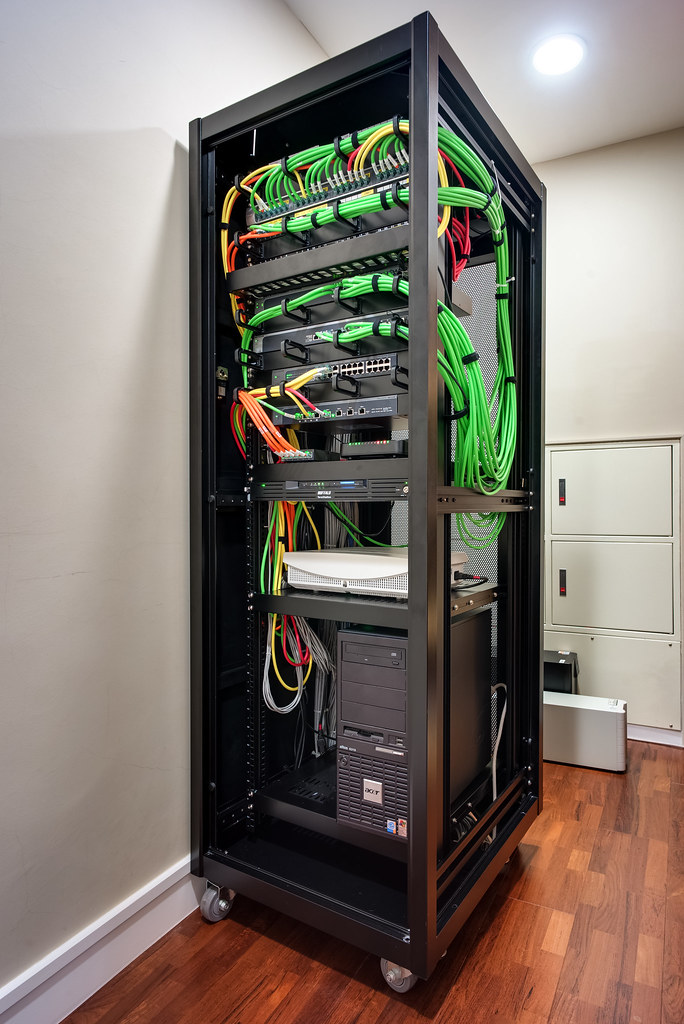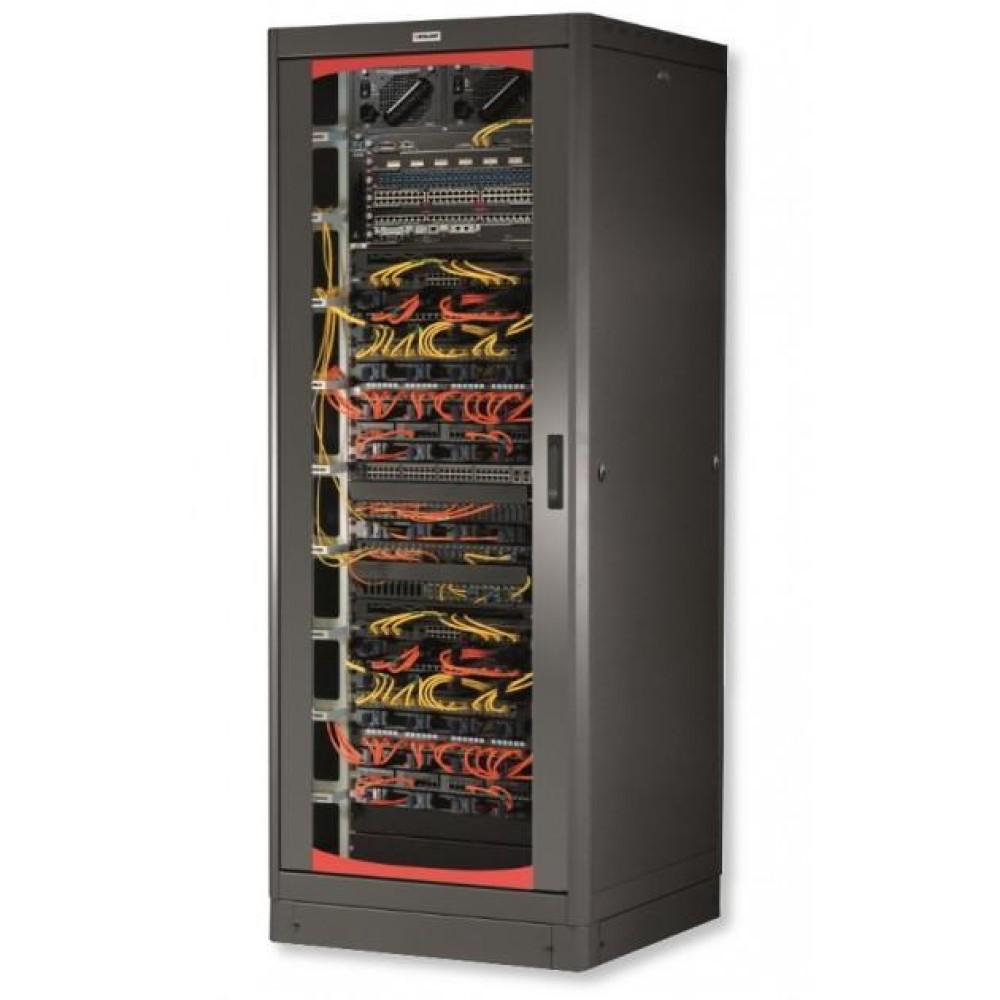

#Sweet home 3d server rack how to
Albeit, they create AV solutions for a living, seeing examples like these can help you with ideas of how to setup equipment in your own home or office. Just like making a clean media center at home, sometimes you have to get creative.Ī good example of this is when a customer of ours, ImpressionAV, fit an entire AV system inside of a ceiling void. Sometimes you need to get creativeįitting IT equipment into a small space is a challenge on its own, but doing so discreetly is another.

Underestimating what you need could be an expensive mistake and 2 post racks are unable to house equipment like server towers and PDUs. Just remember, best practice when building a rack is to plan ahead. Your other alternative is to purchase a 2 post universal rack rail. These conversion kits only work in 2 post racks that have posts in the middle, rather than the front. The catch is, you will want to buy a 2 post conversion bracket in addition to server rails. Ultimately, they give you more rack units at a lower cost. 2 Post RackĢ Post racks were primarily intended for networking equipment but can be used to rack servers as well. You can even get them enclosed with locks.Īs long as you have 2 studs in your wall, you will be able to mount a few servers in these racks and it will look very clean. They technically don’t have any ‘posts,’ but look very similar to a 2 post desktop rack turned sideways. Wall mount racks that have 2 areas of support and essentially hang IT equipment are the most discrete variants. It’s less likely that you would want to mount one of these in a small, home / office setting because they can be quite bulky. The largest wall mount racks are around 15U in height and have 4 post-like areas of support. There are two different kinds depending on your preference.

If you need less than 10U of rack space and can’t find space to leave a large object in your room or closet, wall mount racks are a great solution. A majority lock from the front and back for extra protection.ĭata Center Cabinets are typically available within the 40U range, which is usually enough for a home or office setup. This means that humans can’t accidentally press a button or pull a networking cable. Unlike open frame racks, these have panels on the front, back and sides. If you have children or roommates, you might want to consider buying an enclosed rack because of its security features. The main decision here is if you value security enough to get an enclosed rack or stick with an open frame rack. If you have too much equipment to fit anywhere discreetly, you might as well opt for a trusty, traditional rack. Traditional racks, for dedicated spaces 24U Open Frame Rack

There are also enclosed options that lock for extra securityīecause of their manageable weight and size, these racks can be tucked away on a shelf above your desk, in a closet or simply thrown right next to your mouse, keyboard and monitor. 2 post racks that can fit on a desk mount equipment in a cantilevered manner, which is meant for low weight, shallow equipment.
#Sweet home 3d server rack full
The 4 post version is great for full server setups because of the 4 areas of support. The biggest difference between them is that Rack-to-Tower kits only support one server, and right now, we’re looking at full racks.ĭesktop Racks come in both 4 post and 2 post variants. When it comes to mounting servers on your desk, the two best options are Rack-to-Tower kits or Desktop Racks. These are racks that you can hide in a ceiling void, tuck away under a desk, or have out in the open but without being too eye-catching. Instead of getting deep into the weeds of dimensions of servers and racks, we’re going to share with you what we think are the best racks for a small space. We usually follow up with questions about how much U space, depth and security they require. Tons of people search for ‘home’ or ‘office’ sized server racks, but unfortunately, that’s not how things are sized in the industry.


 0 kommentar(er)
0 kommentar(er)
